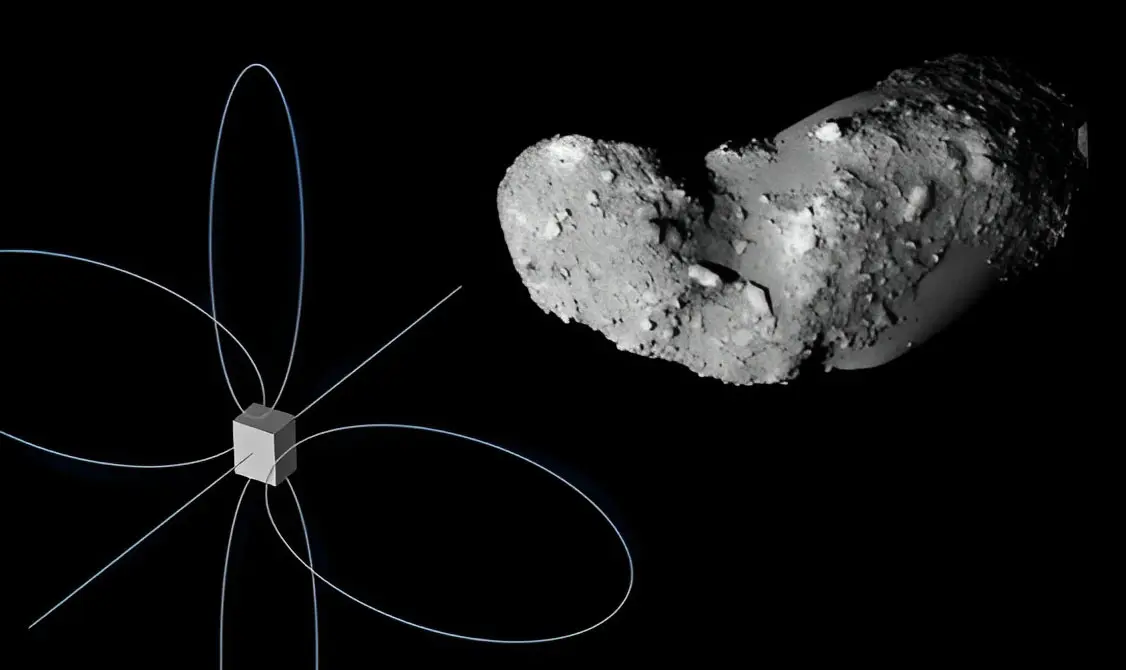DAER RESEARCHER WORK ON ELECTROSTATIC FLIGHT PUBLISHED IN THE HANDBOOK OF SPACE RESOURCES

A book chapter co-authored by PhD Candidate Michele Bechini (Department of Aerospace Science and Technology - DAER), in collaboration with M.B. Quadrelli (NASA JPL), J. Wang (USC), and S. Kikuchi (JAXA) has been included in the new Handbook of Space Resources published by Springer.
The Chapter discusses in detail recent researches carried out in the field of electrostatic dynamics and control, exploring the principles of electrostatic flight in tenuous plasma around solar system bodies. The lack of an atmosphere, low gravity levels, and unknown surface soil properties pose a very difficult challenge for all forms of known locomotion at airless bodies.
The environment near the surface of asteroids, comets, and the Moon is electrically charged due to the Sun’s photoelectric bombardment and lofting dust, which follows the Sun’s illumination as the body spins. If a body with high surface resistivity is exposed to solar wind and solar radiation, Sun-exposed areas and shadowed areas become differentially charged.
A new spacecraft concept named E-Glider, i.e., the Electrostatic Glider, is investigated. The E-Glider is a small spacecraft that uses, instead of avoids, the charged environment in the solar system for near fuel-less circumnavigation, allows in situ characterization of the plasmasphere of planetary bodies, and reduces the risk of landing on hazardous surfaces.
Michele Bechini is a PhD Student at the Aerospace Science and Technology Department of Politecnico di Milano. He obtained his M.Sc. cum laude from the same institution.